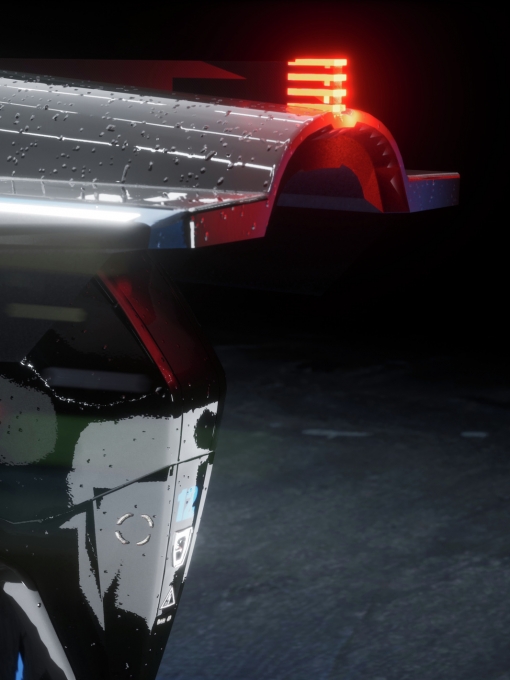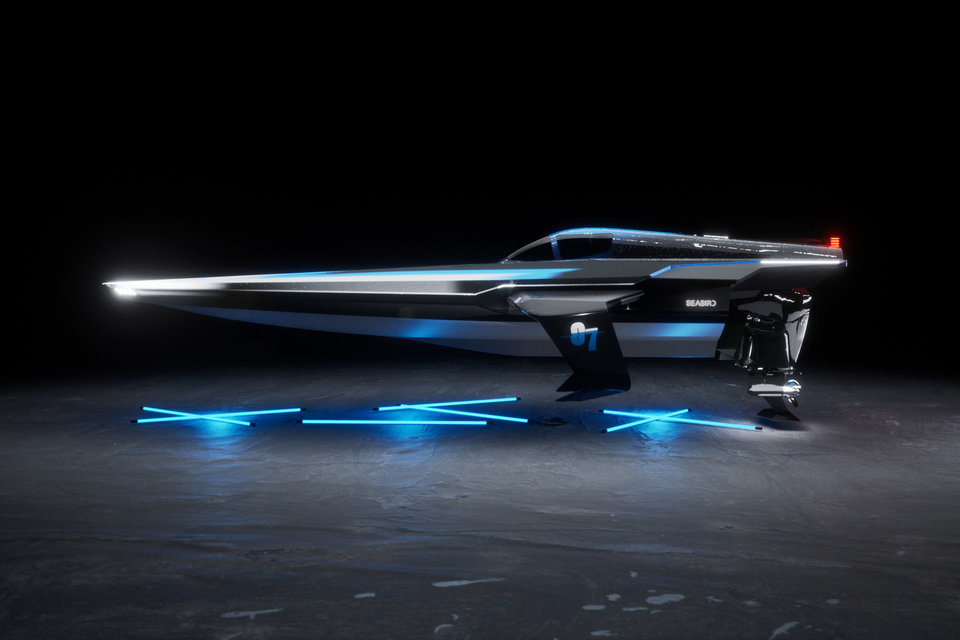OPPO Launches Its First Foldable Flagship Smartphone, the OPPO Find N, at INNO DAY 2021
SHENZHEN, December 2021: OPPO, the global smart technology company, today launched its first foldable flagship smartphone, the OPPO Find N, on the second day of its annual OPPO INNO DAY showcase. A result of four years of research and development and six generations of prototypes, the OPPO Find N brings a new approach to the foldable form factor and offers a refreshed user experience both for people who have used foldable devices in the past, as well as users who are new to the foldable form factor.
Pete Lau, Chief Product Officer of OPPO, said, “New form factors are ushering in an exciting new time in smartphone technology. OPPO has invested a significant amount of time and effort into coming up with a better approach to a foldable smartphone, experimenting with a range of form factors, hinge designs, display materials and aspect ratios, to create a new device that meets the needs of more users. With the OPPO Find N, we aim to change people’s perceptions about what a smartphone can offer and begin making foldable devices more accessible to an even larger audience.”
From Novelty to Necessity
The OPPO Find N brings together cutting-edge technology and unprecedented quality to create an improved foldable experience, offering a fully functioning compact smartphone when folded and an intuitive and immersive landscape display when unfolded.
Landscape Ratio
For the first time in a foldable smartphone, the OPPO Find N uses a landscape ratio for the inner display, striking a better balance for users to seamlessly switch between an immersive 7.1-inch inner display and a 5.49-inch outer display that offers a full smartphone experience with no compromise on size or usability. With an 8.4:9 aspect ratio, the inner display unfolds directly into landscape mode so users can watch videos, play games or read books without the extra step of rotating the device. When folded, the 18:9 aspect ratio gives users a full, familiar smartphone experience with a display that is easy to use with one hand.
Flexion Hinge
The Flexion Hinge on the OPPO Find N brings together 136 components with extreme precision of up to 0.01 mm, ensuring the hinge works as smoothly as the joints in the human body. OPPO’s unique water-drop hinge design solves some of the biggest pain points in foldable devices by widening the angle of the fold in the display and offering a buffer when the display folds, resulting in a minimal crease that is up to 80% less noticeable compared with other devices, according to TUV. This design also practically eliminates the gap between displays when folded, offering a more integrated look and better protecting the inner display from scratches.
FlexForm Mode
The cam and spring structure inside the advanced Flexion Hinge allows the device to freely stand when unfolded at any angle between 50-120 degrees. Together with a range of software features that take advantage of the folding display, FlexForm Mode on the OPPO Find N gives users the flexibility to adapt the device to a wide range of usage scenarios.
OPPO customized the user interface to operate better and more efficiently in compatible apps like the Music, Notes and Camera apps. For example, in the Notes app, the OPPO Find N can convert into a mini laptop allowing you to take notes without needing to hold the device. Since the Find N can freely stand at various angles, the device also serves as its own tripod, making 4K HD time-lapse imaging, video calls and online meetings easy and hands-free.
Serene Display
OPPO’s custom 12-layer Serene Display offers excellent protection and durability and works with the Flexion Hinge for a smooth foldable experience. The display includes a 0.03 mm layer of Flexion UTG (ultra-thin glass), compared to 0.6 mm for regular smartphone glass, allowing it to easily bend while providing strong durability. The Serene Display is also very reliable, with the ability to be folded over 200,000 times while still maintaining an overall smooth folding experience with next to no crease, as verified by TUV.
The inner screen uses an LTPO display with smart dynamic refresh rate technology that adapts the refresh rate anywhere between 1-120 Hz based on the content you are watching. The inner display also features support for a touch sampling rate of up to 1,000 Hz.
OPPO has fine-tuned both the brightness and color calibration between the inner and outer displays to ensure a consistently smooth experience for users. Both screens provide 10,240 automatic brightness levels, ensuring user comfort in all kinds of complex lighting environments, with a peak brightness of up to 1,000 nits.
Software Innovation
A great software experience on a foldable device makes the most of the new form factor and gives users a fresh smartphone experience. The 7.1-inch inner display of the Find N offers a 60% larger visual area than a standard 6.5-inch display, creating a more immersive experience and more possibilities for software innovations in usage scenarios like multitasking and productivity.
To make full use of the larger tablet-like experience when unfolded, the OPPO Find N includes new gestures to make side-by-side multitasking more intuitive. When using a compatible app, simply use two fingers to swipe down in the middle of the device to split the screen in half, or turn a full-screen window into a floating window by pinching it with four fingers. The OPPO Find N also supports traditional split-screen gestures, such as long pressing and dragging compatible icons, while allowing you to save commonly used multi-app split-screen combinations to the home screen.
The software of the OPPO Find N is optimized to allow users to smoothly and naturally switch between the two screens. When unfolding the phone, the content is seamlessly relayed from the outer screen to the main inner display. And when folding the device, the user can swipe up on the cover screen to continue using the same function on the outer screen. In addition, a range of keyboard customizations for the large inner display, including a split keyboard that makes it easier to use two thumbs to type, help to maximize productivity.
Camera
The OPPO Find N is equipped with a flagship-level triple-camera setup for high-quality photos and videos. It includes a 50 MP Sony IMX 766 main sensor, a 16 MP ultra-wide lens and a 13 MP telephoto lens, as well as selfie cameras on both the inner and outer displays. Combined with the new form factor and the adaptability of FlexForm Mode, the OPPO Find N gives users a refreshed camera experience with customized software to fully leverage the foldable form factor.
The Flexion Hinge of the OPPO Find N allows the device to serve as its own tripod, making it a compact and burdenless gadget for advanced imaging scenarios. For example, FlexForm Mode makes 4K HD time-lapse imaging easy and hands-free at any angle between 50-120 degrees, while three templates within time-lapse mode – light trails, night sky, sun & clouds – optimize photo and video settings in one click for more exciting and creative astrophotography. When the device is bent at an angle below 60 degrees, the screen automatically moves the image preview to the bottom display to make it easier to set up your shot.
A new split-camera user interface on the OPPO Find N gives you the ability to use the large, immersive inner display to efficiently take photos on one side and then view, share or delete your most recent photo on the other side. When taking photos from the main camera with the display unfolded, you can use both the inner and outer displays for both you and your subject to preview the shot simultaneously.
The more powerful rear camera can be used to take even higher-quality selfies, using the cover screen to preview the image. Selfies can also be taken using hand gestures, so you can easily stay in the frame without having to press the shutter button.
Ergonomic Design
For the first time on a foldable phone, the OPPO Find N uses a 3D-curved design on both outer edges of the device to improve the hand feel and maintain a sleek look. The back cover and rear camera module continue the fluid curve design language of the Find X3. Streamlined curves visually lower the height of the camera module, while the Gorilla Glass Victus back panel and ceramic camera plate blend an elegant touch with a tasteful finish.
The OPPO Find N comes in three distinctive colors. The Black variant combines glittery matte glass and new film lamination techniques to achieve a subtle and premium shimmering effect on the base layer. The White option is inspired by a white ceramic glaze, with glossy glass and a refined texture that matches the ceramic camera plate to create a consistent feel. The Purple version is reminiscent of a bottle of luxury perfume, using multiple layers of customized films to create illusions of light and shadow with a transparent texture.
Performance
The OPPO Find N comes with the Qualcomm® Snapdragon™ 888 Mobile Platform, together with up to 12 GB of LPDDR5 RAM and 512 GB of UFS 3.1 storage. A large 4,500 mAh battery offers all-day battery life, while 33W SUPERVOOC Flash Charge is optimized to charge to 55% in 30 minutes and to 100% in 70 minutes. It also comes with 15W AIRVOOC wireless charging (compatible with standard Qi) and 10W reverse wireless charging. The OPPO Find N includes a side-mounted fingerprint scanner that is housed in the power button, as well as a dual speaker system and Dolby Atmos support to deliver more lifelike sound.
Availability
The OPPO Find N is available in China from December 23, 2021, with a starting price of RMB 7,699.




















































